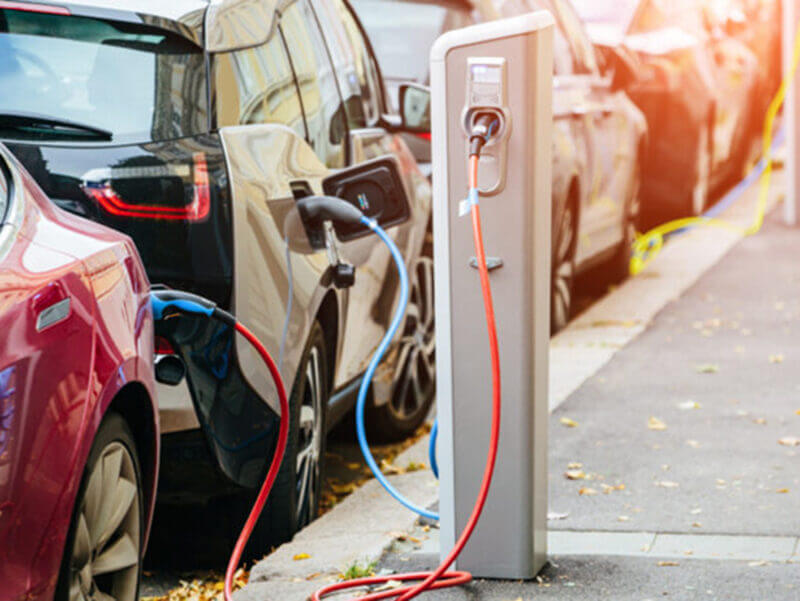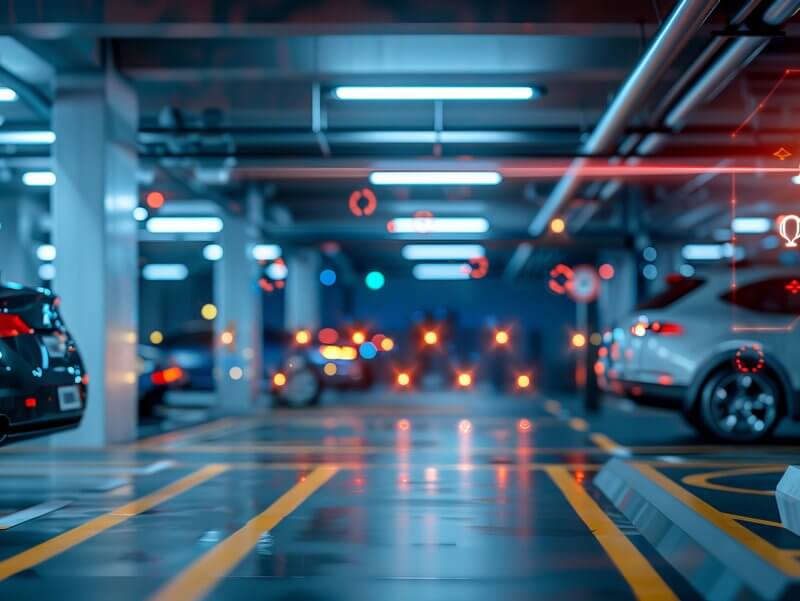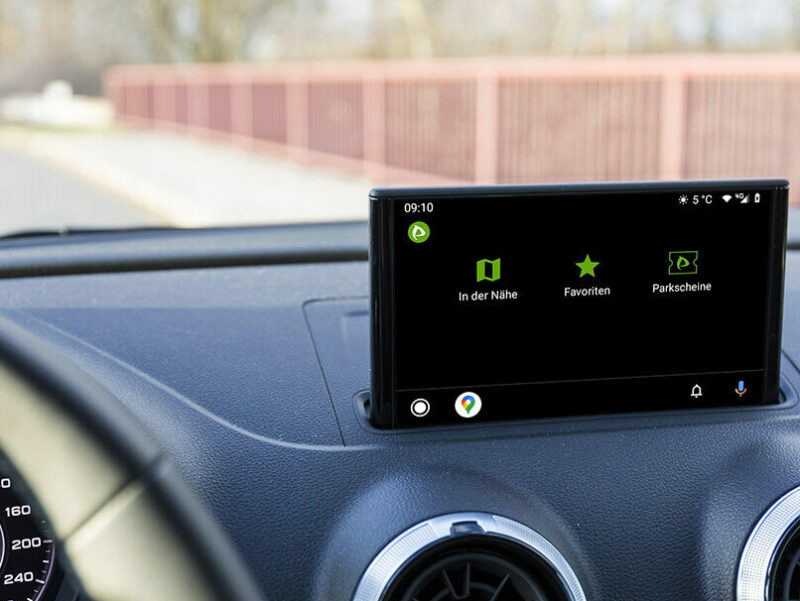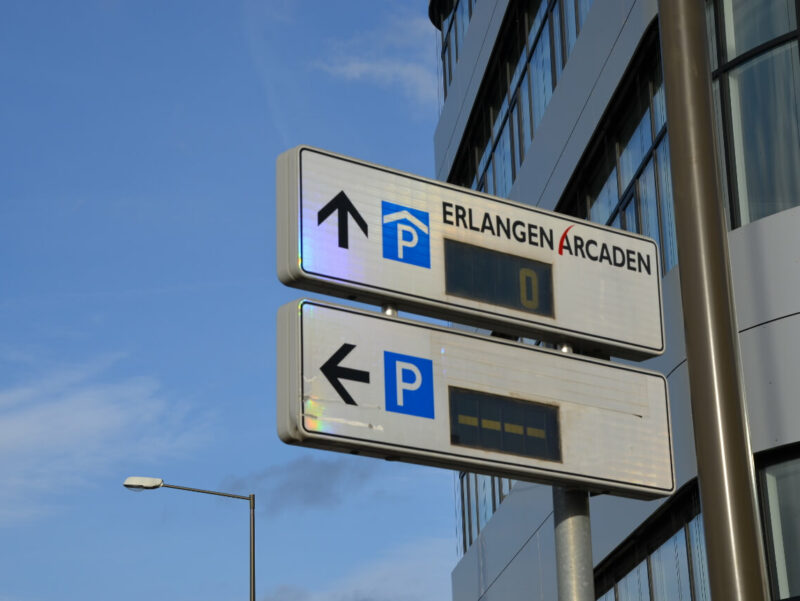Real-time parking lot monitoring: technologies and trends
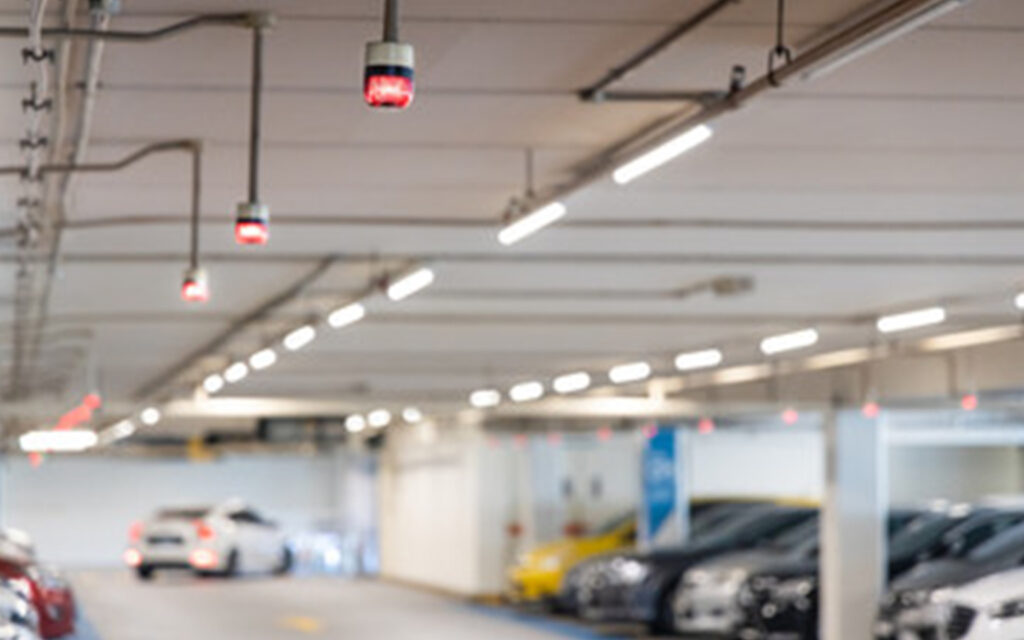
The real-time parking lot monitoring is revolutionizing the way parking lots are managed and used. At a time when urban spaces are becoming increasingly scarce, this technology offers a solution for efficient parking management. It allows you to keep track of free parking spaces and thus optimizes the flow of traffic in parking lots. The use of modern sensors and cameras makes data collection precise and reliable.
In this article, we take a look at the various technologies used in real-time parking lot monitoring. You will learn how the implementation of such a system works and what advantages it brings. We also shed light on how the collected data is processed and analyzed to provide structured data for an effective parking guidance system. By the end, you will understand why this innovation is more than just flashing traffic lights - it is the key to smarter parking space utilization.
Technologies for real-time parking lot monitoring
With the real-time parking lot monitoring various advanced technologies are used to ensure the efficient efficient parking space utilization parking space utilization. These systems allow you to keep track of free parking spaces and optimize the flow of traffic in parking lots.
Camera-based systems
Camera-based solutions use artificial intelligence to recognize vehicles in real time. These systems have the following advantages:
- A single camera can monitor several hundred parking spaces
- Independence from expensive special sensors
- Adaptability to changes in the parking space concept
- Protection against vandalism due to high mounting
The software learns the characteristics of each parking lot and adapts to them. Disturbing backgrounds, changing shadows or different vehicle types are no problem.
Sensor technologies
Ground-based sensors offer a precise way to monitor parking lots:
- Electromagnetic detection with 99% accuracy
- Weatherproof housing (IP67-compliant)
- Functional at temperatures from -25°C to +65°C
These sensors are not only suitable for outdoor parking spaces, but also replace induction loops in other situations and enable dynamic traffic guidance beyond parking management.
Artificial intelligence and machine learning
AI-supported systems offer extended functions:
- Detection of up to 70 vehicles simultaneously with 99% accuracy
- GDPR-compliant license plate recognition
- Analysis report of parking space occupancy based on vehicle types
- Daily or monthly payment and sales reports
These systems provide important information about consumer behavior and enable parking spaces to be used more efficiently.
Implementation and benefits
The introduction of real-time parking space monitoring systemsn has significant benefits for companies and cities. By integrating IoT technologies, real-time data analysis and user-friendly interfaces, you can benefit from a range of improvements.
Improved parking space utilization
With smart parking technologies you can significantly optimize the use of your parking spaces. In densely built-up urban areas, where space is often scarce and expensive, this enables more efficient use of the available parking space. Through precise monitoring and control, you can accommodate more vehicles in the same space. This reduces the need for additional parking space and helps to avoid unnecessary construction costs.
Reduction of traffic congestion
Real-time parking space monitoring has a positive impact on traffic flow. By providing real-time information about available parking spaces, drivers can be guided directly to available parking spaces. This minimizes driving around in search of parking spaces, reducing congestion and emissions. One retailer reported: "The AI system's ability to optimize the flow of traffic in my garage has minimized the number of cars driving around."
Data-driven decision-making
Smart parking systems provide valuable real-time data on parking space usage. This data enables you to:
- Understanding traffic patterns
- Identify bottlenecks
- Improve the overall efficiency of the parking lot
With these findings, you can flexibly adapt your parking policy, for example, release certain areas for visitors at peak times or reserve special zones for electric vehicles.
Conclusion
The real-time parking lot monitoring has triggered a revolution in the way we manage and use parking facilities. By using modern technologies such as AI-powered camera systems and precise sensors, operators can optimize the optimize the utilization of their parking spaces and improve traffic flow. These systems provide valuable data that enables informed decisions to be made and overall efficiency to be increased.
All in all, real-time parking space monitoring offers a wide range of benefits for cities, companies and drivers. It helps to make better use of limited parking space, reduce congestion and increase customer satisfaction. As these technologies continue to develop, we can expect even smarter and more sustainable solutions to the challenges of urban parking in the future.
